
views
Reading Tire Date Codes
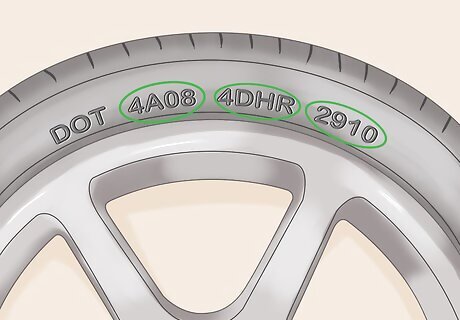
Find the text that reads “DOT” on your tires. The Department of Transportation (DOT) code is a special number given to tires and provides information that includes how old the tire is and where it was manufactured. Look around the rim of your tire for the code. The code will start with the letters DOT.
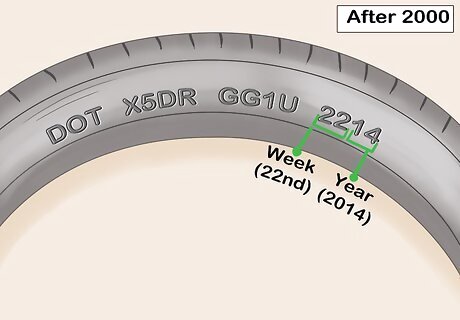
Read the last four digits of the DOT code on most tires. The DOT code should end in a four digit number. The first two digits identify the week while the last two digits identify the year. This applies to all tires made after the year 2000. For example, if your DOT code is “DOT X5DR GG1U2214” that would mean that your tire was created in the 22nd week of 2014, or the last week in May 2014.
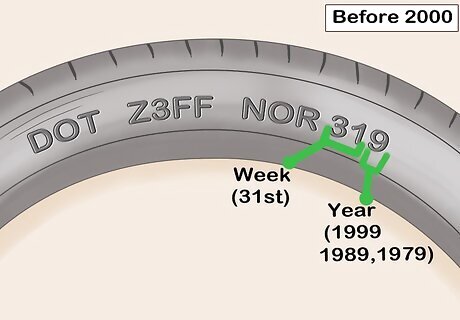
Read the code's last three digits if the tires were made before 2000. While most tires you deal with will probably be manufactured after 2000, there are some rare circumstances, such as vintage cars, where the tires may have been manufactured before the year 2000. In this case, there will only be three digits at the end of the DOT code. The first two digits are the week in which the tires were created and the last digit is the year. If the DOT code for the tire is “DOT Z3FF N0R319” it would mean that the tire was created in the 31st week of 1999, 1989, or 1979. Tires made in the 1990's will have a small triangle after the date code. If you have antique tires, you may have to contact the manufacturer to determine how old they are. Do not drive on tires that are over 10 years old.

Check the other side of the tire if you see an incomplete code. One side of the tire will usually have an abbreviated DOT code while the other side of the tire will have the full DOT code. If the entire code isn't written on the side that you're looking at, find the complete DOT code on the other side of the tire.
Evaluating Food and Pharmaceutical Date Codes
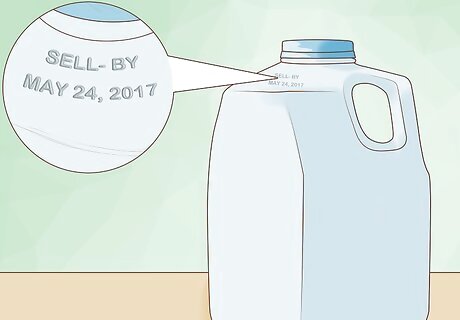
Read the use by, sell by, or expiration dates. The sell by, use by, and expiration dates helps the store know how long they should keep a product on the shelves and is an estimate of how long the food will taste its best. These dates will usually be formatted with the month, day, and year. The date can be in a traditional numeric format or written out. Food may still be good to eat after the sell by or use by dates. For example, the sell by date could read something like “Sell by May 24, 2017,” or “Use by 5/24/2017.” If you find a product that is past the sell by or use by dates, you should let an employee in the store know about it.
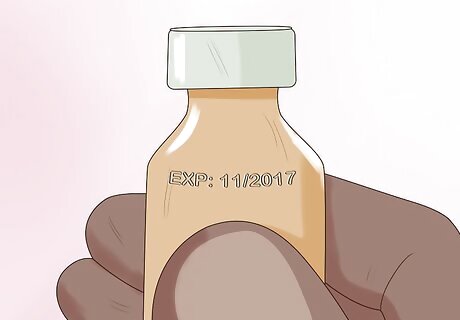
Read the expiration date on baby formula and pharmaceuticals. The expiration date on pharmaceuticals and baby formula signifies the date in which the medicine is at its best potency and purity. Unlike food, you shouldn't use pharmaceuticals and baby formula after the expiration date. Expired medicine may not be effective at treating your symptoms. Important nutrients in the baby formula start to break down after the expiration date.

Look for a 5-digit numeric code to determine when the food was made. While most food will have clearly identifiable labels for the manufacture and sell by dates, other foods like canned food and ready-to-eat meals may be labeled with a 5-digit code that signifies when the food was manufactured. Look on the bottom or sides of the meal and find a string of five numbers in a row. The first two numbers stand for the year, while the last three numbers represent the day of the year. For example, if the code was 11322, you would know that the food was manufactured on the 322 day of 2011, or November 22nd, 2011.
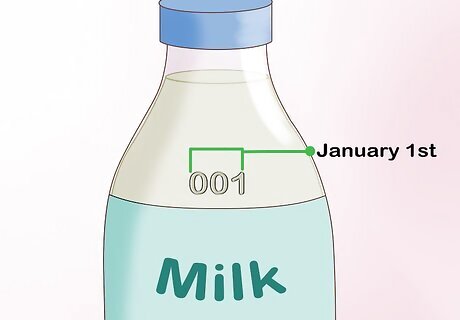
Look for a 3-digit numeric code on perishable foods. The three digits represent the day of the year that the food was manufactured. For example, 001 would be January 1st while 365 would be December 31st. Perishable foods like eggs and milk have a 3-digit code because the food will go bad in under a year. You can assume that the food was manufactured the same year that you bought it.
Reading Date Codes on Computer Chips
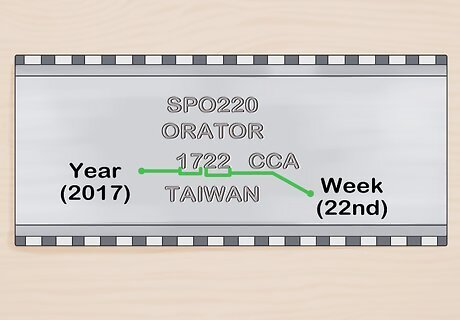
Find a four digit number at the end of the numeric code on the chip. Chips created by Intel and a number of other manufacturers will have a string of four digits that represent the year and week the chip was created. The first two digits represent the year that the chips were manufactured and the last two digits represent the week. For example, if the number was “1722” it would be the 22nd week in 2017 or the week of May 29th through June 4th.
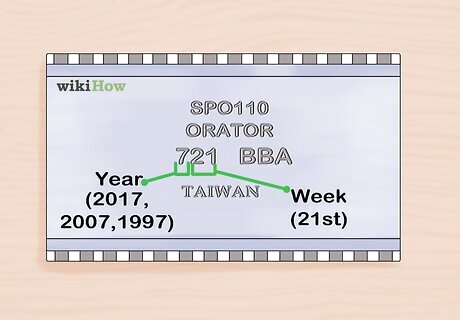
Look for a 3-digit number if it doesn't have a 4-digit code. Certain chips from manufacturers will only have a three digit code. The first digit represents the year while the second and third digits represent the week when it was manufactured. A code that reads “721” could mean that the part was made in the 21st week of 2017, 2007, or 1997.

Find the part's datasheet. You can look up a datasheet by looking up the device's part number in the manufacturer's catalog. Figure out the company that manufactured the product by locating the logo on the hardware or on the chip itself. Then, search online for the part that you have. The datasheet will inform you of additional information, including how to read that specific manufacturer's date code.













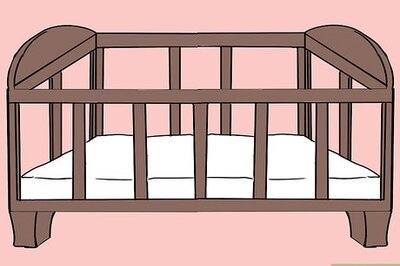





Comments
0 comment